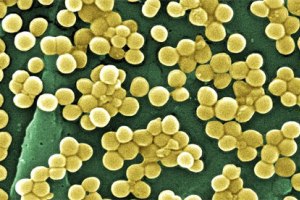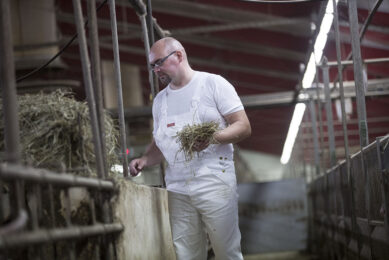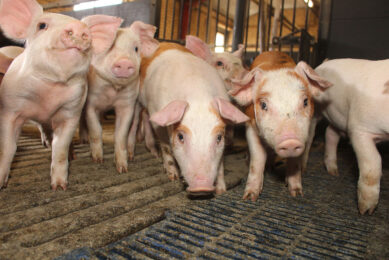Danish report slight increase in pig-related MRSA in humans

Danish authorities have reported an increase in the amount of human infections with Methicyllin-resistant Staphylococcus aureus (MRSA) bacteria CC398 – also prevalent in pigs.
Last year, in 12.5% of the human MRSA cases in Denmark, the so called pig type, CC398 was involved. This is a year-on-year increase of 2.5%, states the Danish surveillance report Danmap, for 2011.
The number of people infected with S. aureus CC398 grew from 109 to 164 – most of the time these people did work in swine production. The total amount of MRSA cases in humans grew to 1,292 – an 18% year-on-year increase. The total is the highest in more than 25 years.
MRSA guideline
As a consequence of the increasing occurrence of MRSA CC398 contact with live pigs is now included as a risk factor in the revised MRSA guideline for healthcare professionals which will be published this autumn.
“The continued increase of community acquired MRSA and the increasing occurrence in agriculture should be taken seriously and combated as it could otherwise lead to increased hospital incidence. The fact that contact with live pigs is added as a risk factor in the revised MRSA guideline and is an important step in the right direction”, said Robert Skov, consultant at Statens Serum Institut.
Apart from these figures, a total of 80 swine farms were tested for MRSA as well as 800 pigs in slaughterhouses. Infection levels in swine farms (16% positive) did not grow. In slaughterhouses, however, 44% proved to be positive – this is more than in 2009, when a similar research was conducted for the last time. This suggests that there was a higher occurrence in the positive herds than previously which means that MRSA more frequently was transmitted between pigs during transport and before slaughter. MRSA was not found in cattle.
Related website:
• Danmap











